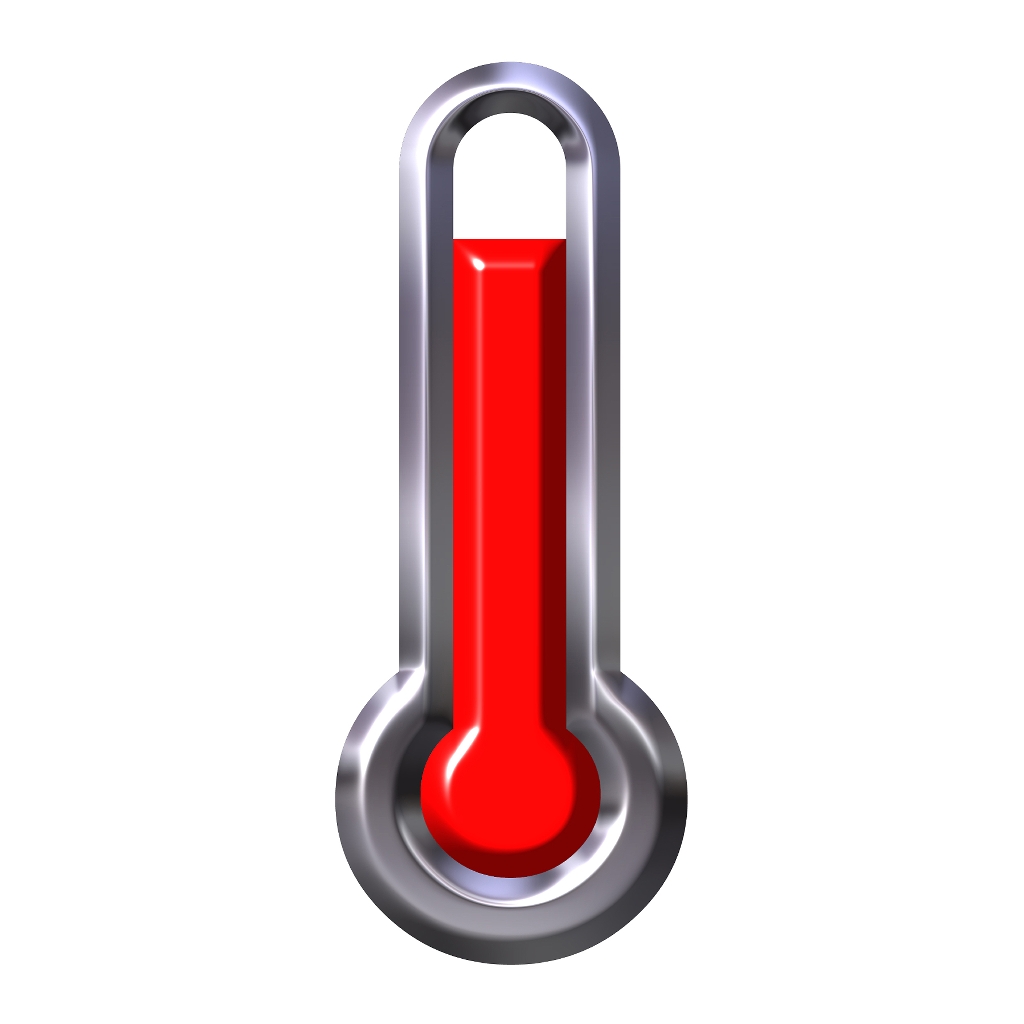
Heat plays a vital role in your garden. Temperature is a major factor in determining, among other things, transpiration rates. Transpiration involves the use of about 90% of the water that enters the plants through the roots. It is necessary for mineral transport from the soil or medium, to move sugars and plant chemicals and for the maintenance of Turgor pressure. An increase in temperature or air movement decreases relative humidity and causes the guard cells in the leaves to shrink, opening the stomata and increasing the rate of transpiration. With all these processes depending on us to keep up the heat, taking a closer look at your soil temperature may be an excellent way to save some energy this winter.
Most plants will do well if the soil temperature is kept above 73° Fahrenheit. Conventional grow lights are hot, running from several hundred degrees to over fourteen hundred degrees Fahrenheit at the bulbs surface. While this excess radiated heat is often damaging to plants, the heat is also at least partially responsible for the growth rates that indoor gardeners have come to expect. When using LED lighting, the heat has been eliminated from the equation, so to ensure adequate transpiration rates growers using LED lights often need to supplement heat to maintain ideal growing conditions.
In most cases, the roots of the plants are growing in a smaller space than the upper plant, so it only makes sense that heating the smaller area would be more efficient and there are several ways that one can go about it. The heat mat is a simple method that is placed under trays, pots, or beds and can be controlled with a thermostat to keep soil temperatures optimal with almost no work on your part. A mat that will hold two standard trays will run you about $60 with a thermostat.
Many greenhouses are using hot water pumped through hydronic tubing that is then wrapped in a loop on the benches or in the floor. These systems can be run off alternative energy sources which give them the potential to be a very efficient option. Hot water systems can be turned on and off in different parts of the greenhouse allowing growers the ability to create mini climates within the system. This article explains the process and how to install a simple, low-cost system in your greenhouse.
This year, as the cold weather approaches, when you consider turning up the high wattage electric heater or room thermostat, you may want to consider turning up the heat on the soil instead. Root temperature, it turns out, plays a larger role than leaf temperature in achieving plant growth. Research is showing that increasing soil temperature will increase photosynthesis. Best of all the studies show that by increasing the temperature at the root of the plant the upper plant can thrive in cooler temperatures, further reducing the energy required to keep your plants in an ideal environment. Gardening efficiently, changing the world one watt at a time.
Angela Lundmark enjoys gardening outdoors and indoors and freelance writer.
Related Articles & Free Email Newsletter
Don’t Try to Fit LEDs into an HPS Box
LED/HPS Hybrid Systems can Save Money



Comment here